[ad_1]
Fall is prime for planting with its affordable conditions that help bushes, shrubs, and perennials as they settle in sooner than winter. It’s moreover the season for root enchancment, the place vitality directed to sturdy root strategies leads to worthwhile overwintering and a spring flush.
As gardeners, we acknowledge the price native options provide the final aesthetic and surrounding ecology. With vibrant blooms, multi-season attraction, and essential meals and shelter sources for bees, butterflies, birds, and wildlife, they’re rich additions. Natives adapt to localized conditions and normally don’t require intensive administration or property.
For an autumn planting, ponder those that convey all-season curiosity, from flowers to berries to distinctive varieties. Sow wildflower seeds that require chilly stratification (a winter chill interval) to germinate for a spring current. Incorporate shrubs and specimen bushes in order so as to add building; they’ll revenue from fall’s easy transition.
Take pleasure in enriching your web site’s vary whereas having fun with with plant attributes. Our guidelines holds numerous favorites, from groundcovers to specimen bushes, from the underutilized to the must-haves. These are lasting North American options with easy care, ornamental curiosity, and pollinator price.
Milkweed/Butterfly Flower
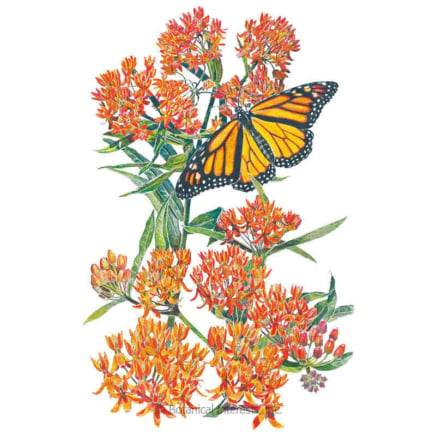

Milkweed/Butterfly Flower Seeds
Rocky Mountain Blue Columbine
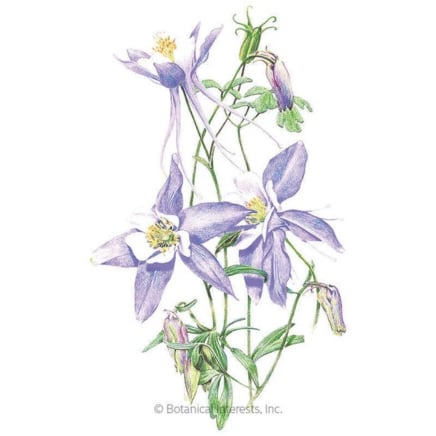

Rocky Mountain Blue Columbine Seeds
Plains Coreopsis
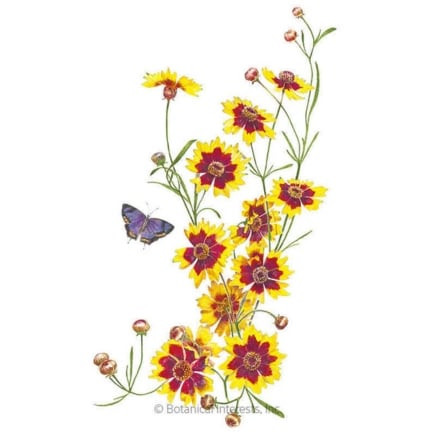

Butterfly Milkweed


Butterfly milkweed is a heat-loving bloomer whose vibrant flowers and sweet nectar entice needed pollinators like monarch butterflies and useful bugs. A. tuberosa has fiery orange flower clusters and is native to plenty of the U.S.
The perennials tolerate drought and poor soils. Leaves and stems are a meals provide for monarch caterpillars and shelter for his or her chrysalis.
The seeds revenue from chilly and moist stratification. As milkweed finishes blooming, collect seeds or enable them to drop naturally to broaden the colony. Scatter them generously to create large patches, as monarchs depend upon loads of reliably blooming milkweed within the summertime.
Columbine
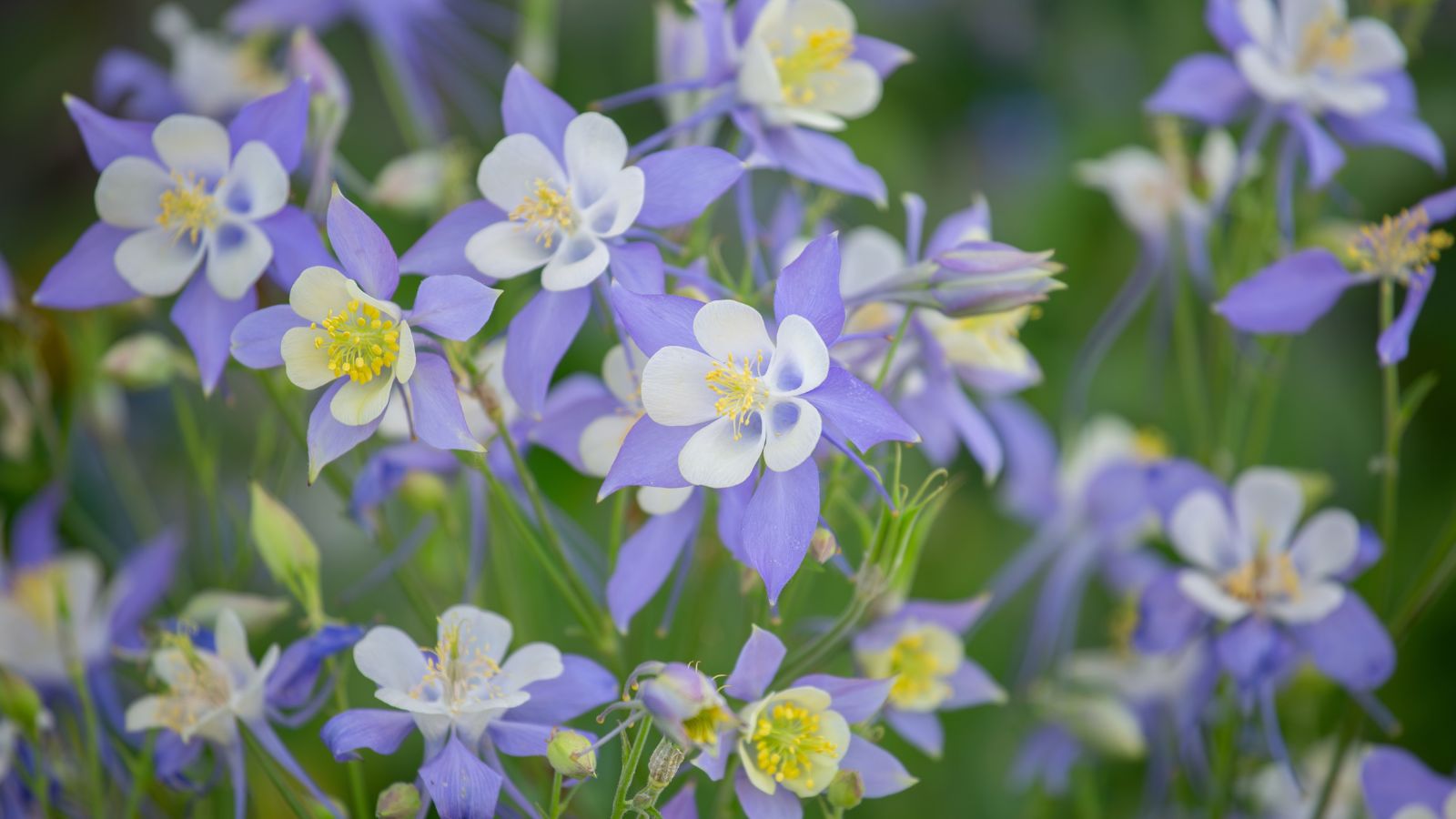

Columbine is a graceful wildflower with delicate blooms and attractive compound leaves. Counting on the species, the nodding flowers differ from vibrant pink and yellow to rich blues.
Aquilegia coerulea, Rocky Mountain blue columbine, brings heirloom violet and white looms with yellow stamens. Aquilegia formosa, western pink columbine, has pink sepals and spurs with yellow blades.
With a habitat alongside woodland edges, clearings, and riverbanks, columbine grows biggest in moderately moist, well-drained soils. Foliage is semi-evergreen besides temperatures flip into too chilly or too scorching, the place it enters dormancy.
Columbine occurs naturally in chilly climates and benefits from a cold interval of 30 days (or additional) to germinate. Scatter seeds on the soil flooring and cover calmly with soil to take care of them in place.
Wintergreen
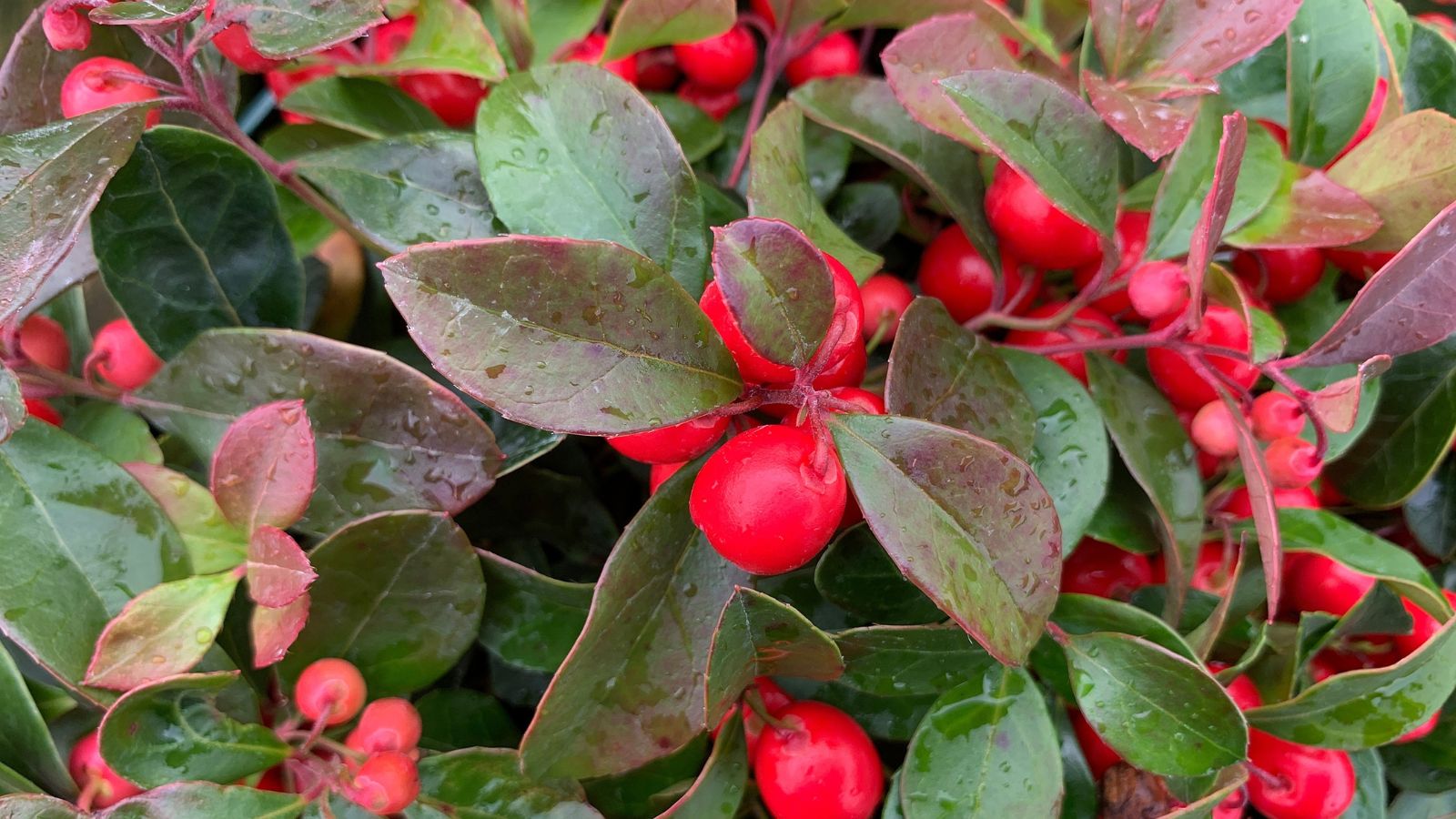

Wintergreen is a dwarf, evergreen groundcover with rounded, leathery leaves which is likely to be attractive year-round. Delicate, nodding bell flowers are pinkish-white in summer season. They provide resolution to good scarlet berries that adorn bronzey-red foliage in winter.
American wintergreen is a Royal Horticultural Society Award of Yard Benefit recipient. It requires little maintenance, has extreme ornamental price, and grows all through a ramification of climates.
Wintergreen leaves have a up to date, minty aroma and style. The fruits are a favorite amongst birds and wildlife. The spreaders thrive in rich soils with even moisture and good drainage nonetheless tolerate drier conditions as quickly as established.
Witch Hazel
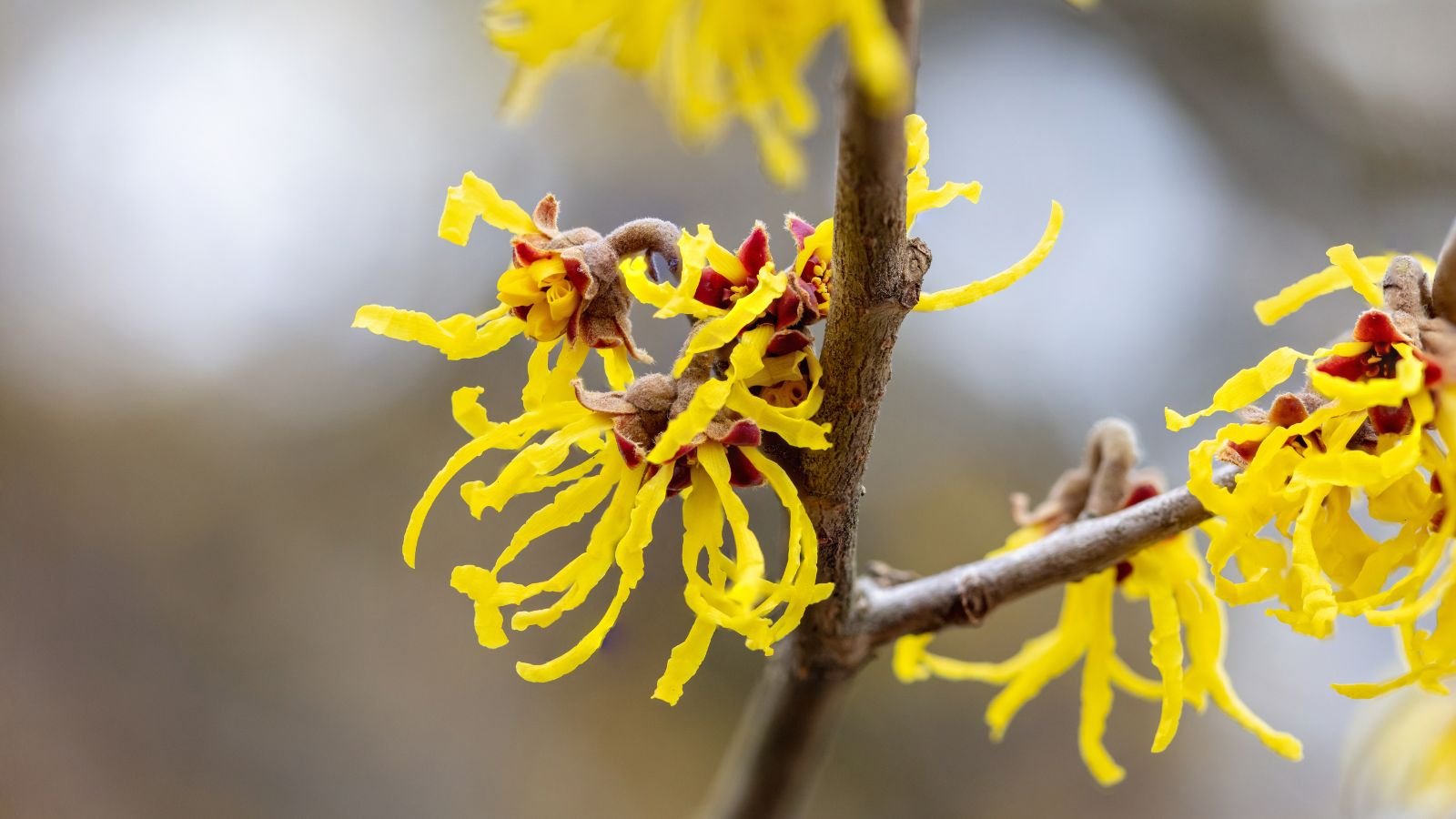

Witch hazel has a spicy fragrance, showy flowers, and a golden fall shade. Fringed yellow blooms line arching stems and emerge in winter on the bare branches.
Hamamelis virginiana is a neighborhood woodland shrub or small tree inside the Japanese United States. It blooms in October and November and usually into winter. H. vernalis is one different U.S. native, smaller in stature nonetheless extraordinarily fragrant with January blooms. H. vernalis is hardy in zones 3-8.
With a fountain or vase type, they make fantastic taller plantings for the once more of the border. Largely upright with an open cowl, multistems are ornamental inside the dormant winter yard. Witch hazel requires a chill time sooner than blooming, and flowers stand as much as freezing temperatures by folding up and shutting.
Baptisia
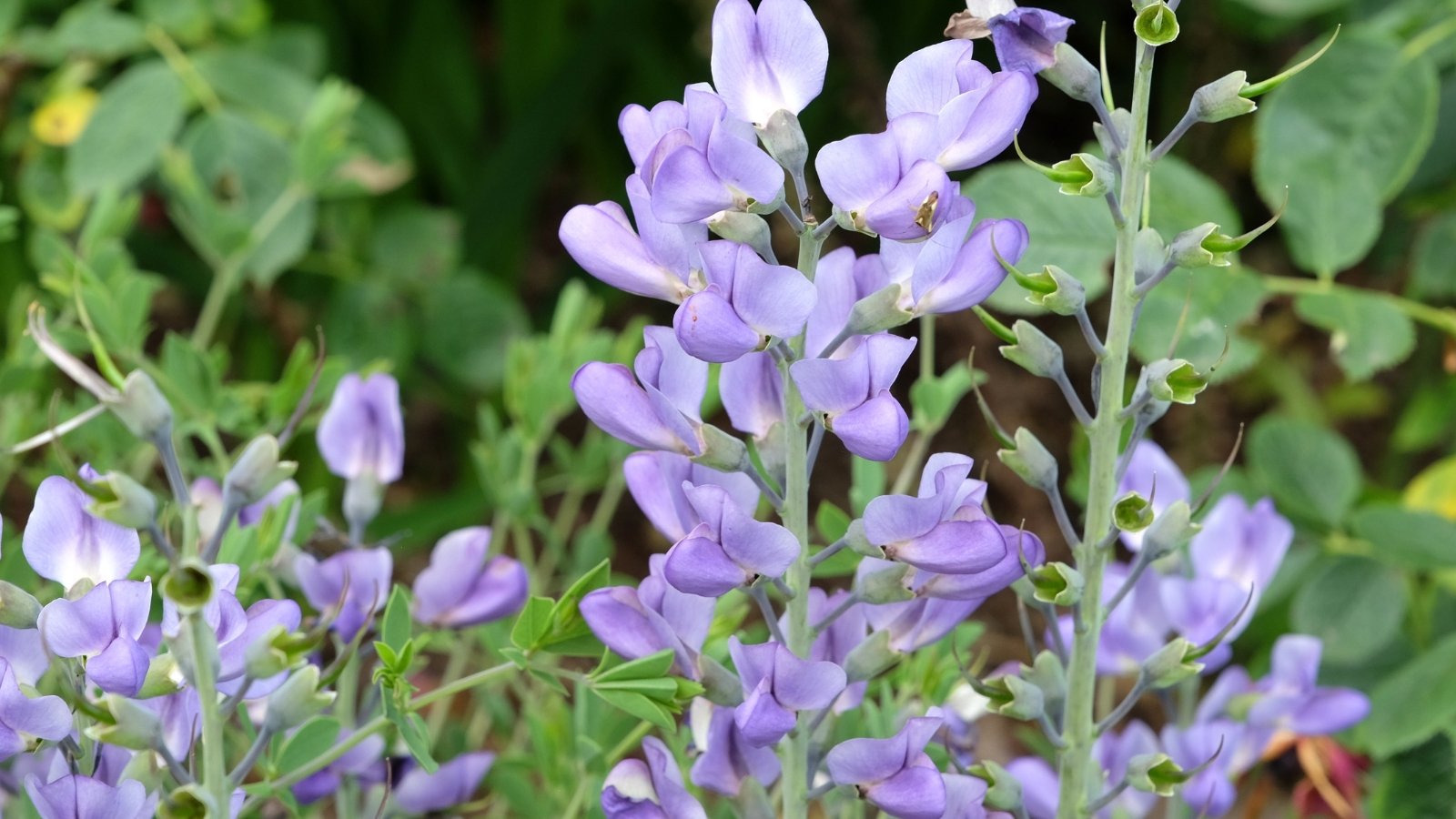

Baptisia, or blue false indigo, is a favorite perennial filled with sweet blue legume blooms in spring and summer season. Its substantive blue-green foliage is easy, full, and attractive all season. After blooms fade, spikes bear showy darkish seed pods that lend winter curiosity.
Baptisia is native to {the japanese} U.S., rising naturally alongside streambanks, meadows, and open woodlands. The straight species is extraordinarily ornamental, and native bees and bumble bees acknowledge the pealike blooms.
A Perennial Plant Affiliation award-winner, false indigo is long-lived. Whereas low maintenance, it could be sluggish to determine nonetheless takes off in its second rising season.
Oakleaf Hydrangea
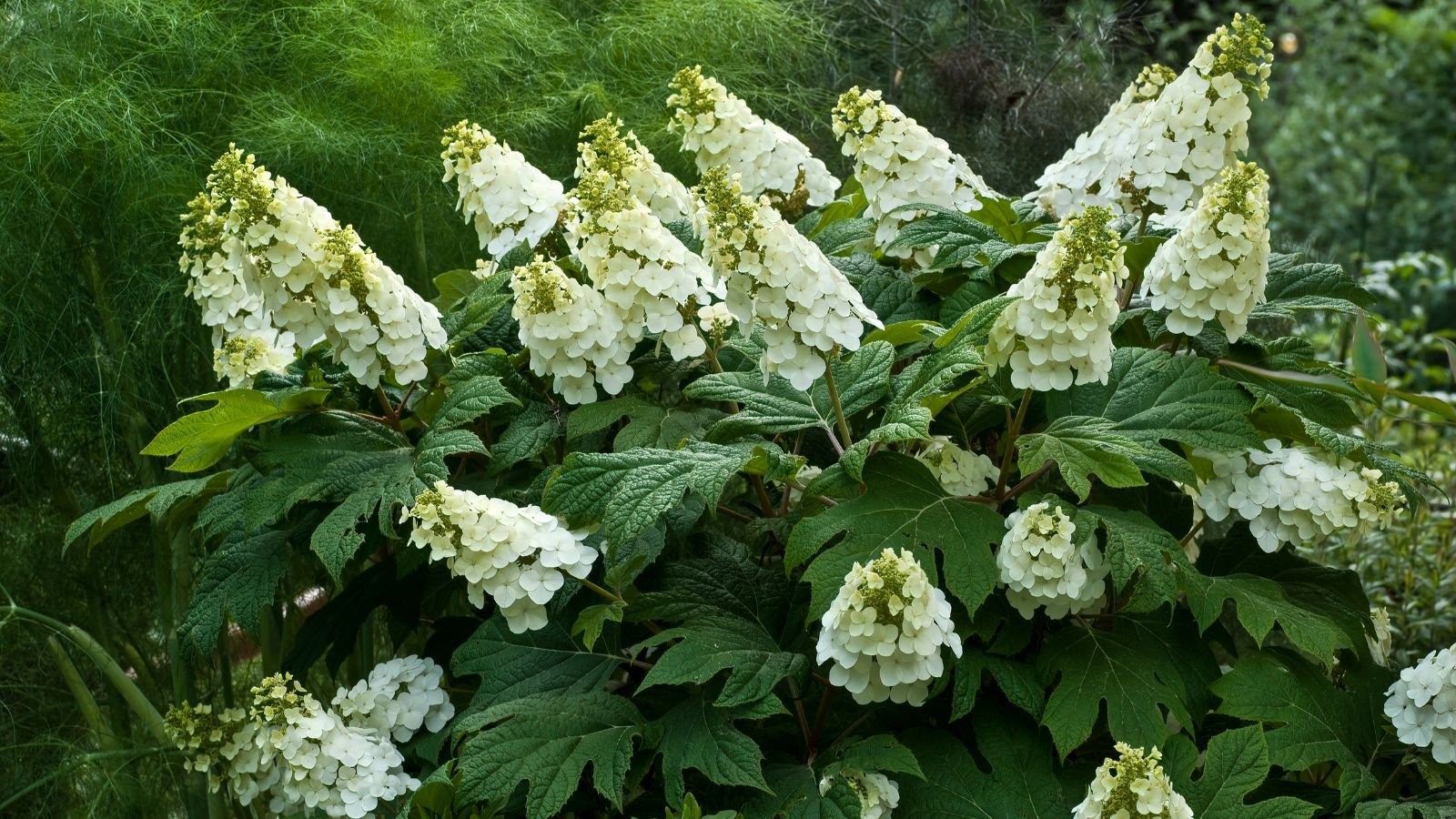

Oakleaf hydrangeas bear white pyramidal bloom clusters with color-changing flowers. They emerge creamy white and age to dusky pink and inexperienced as summer season progresses. By late fall, they’re mild tan and papery, persisting on the stem into winter.
Hydrangea quercifolia is a neighborhood shrub of the southeastern U.S. Together with their floriferous clusters, the upright vegetation provide foliar texture and shade. Large, deeply lobed leaves spherical out the rising season in rich autumnal hues like fiery pink and burgundy purple. When the leaves drop, winter curiosity stays in copper-brown stems with exfoliating bark.
‘Amethyst’ is an attention-grabbing wild alternative. It holds six-inch prolonged inflorescences that quickly change from white to wine pink on 5 to six-foot varieties. The coloration is a shock inside the woodland yard. Autumnal foliage in purple-red enhances the long-lasting flower.
Reportedly, Dr. Michael Dirr discovered the selection whereas driving in Cincinnati, Ohio. With its held shade, ‘Amethyst’ is excellent when cut back or dried in floral preparations.
Coreopsis
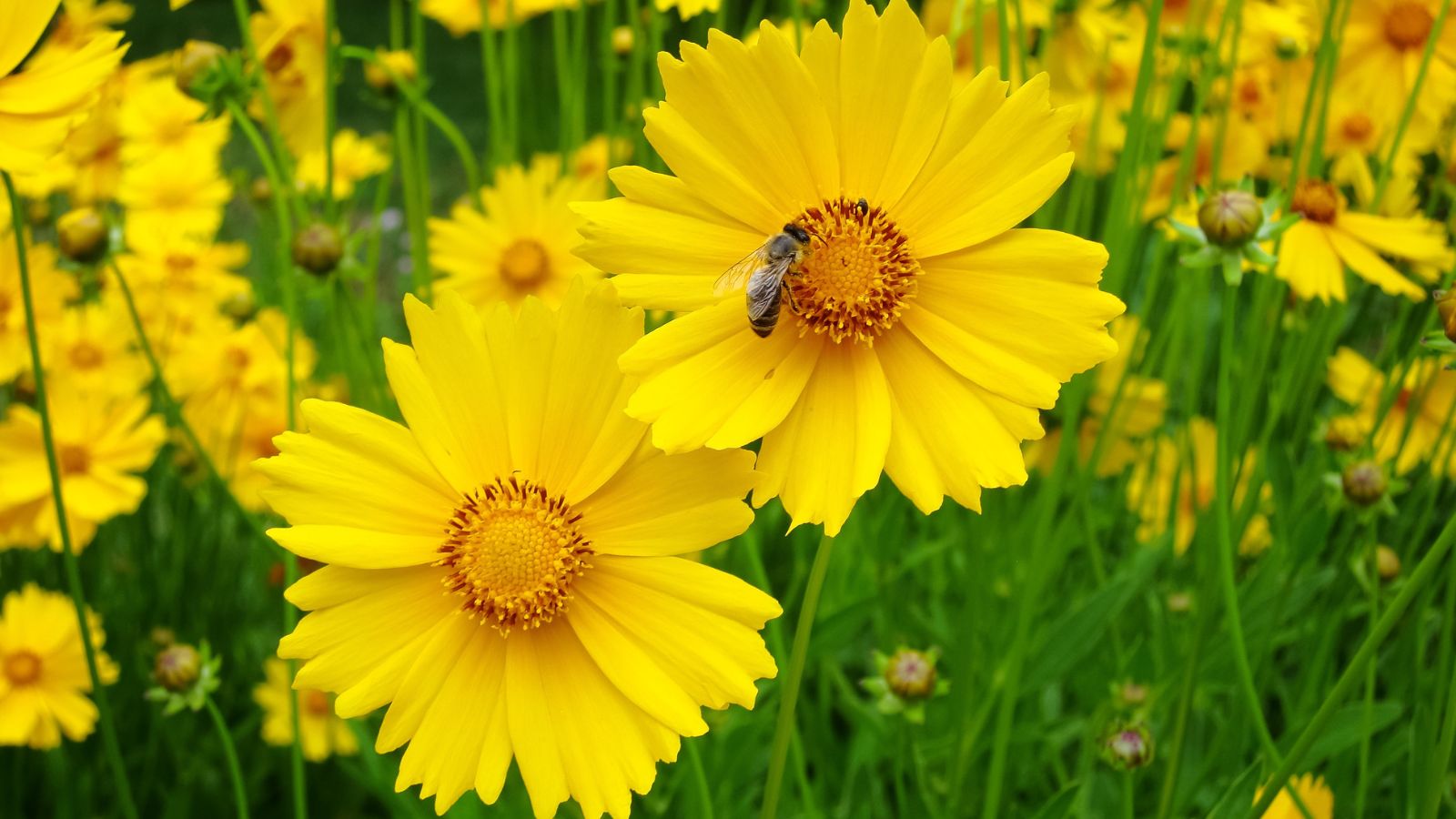

Coreopsis brings sunny blooms and reseeds readily for successional seasons. Certainly one of many first to appear in spring and certainly one of many last to fade, coreopsis is a favorite nectar and pollen provide for bees and butterflies. Songbirds forage on the seeds by way of winter.
Lance-leaved coreopsis (Coreopsis lanceolata) has signature golden ray petals and yellow services. C. lanceolata is drought-tolerant. It varieties clumps of pincushion leaves with blooms rising on skinny stems.
Plains coreopsis (C. tinctoria) choices yellow daisy petals with deep pink highlights and brown button central discs. Though considered an annual, a single plant might flower for two to some years.
Beardtongue
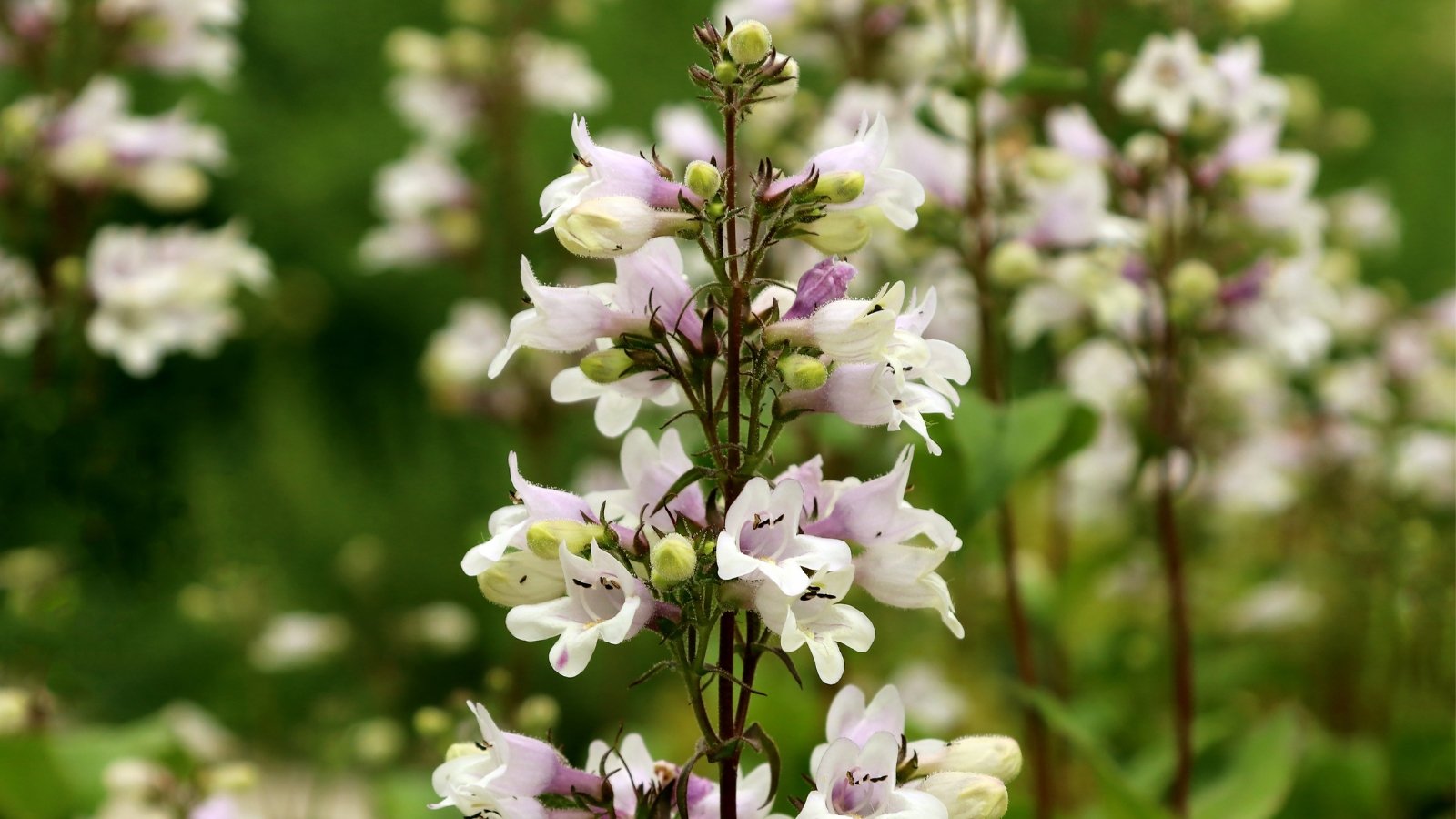

Penstemon is a long-lived, heirloom perennial with tubular blooms, rich in shade and nectar. Rocky Mountain blue penstemon (P. strictus) is a long-lived, reliable wildflower with putting violet-blue bloom spikes in early summer season. The adaptable grower tolerates numerous soil conditions.
Firecracker penstemon (P. eatonii) choices showy scarlet bell blooms on tall spikes in spring by way of summer season. Firecracker is drought-tolerant and hardy, preferring gravelly web sites and lean soils. It benefits from afternoon photo voltaic security in scorching, dry areas.
Beardtongue prefers dry, mild, well-drained soils. Seeds revenue from chilly stratification with a fall or early spring sowing to allow publicity to calm down and moisture.
Echinacea
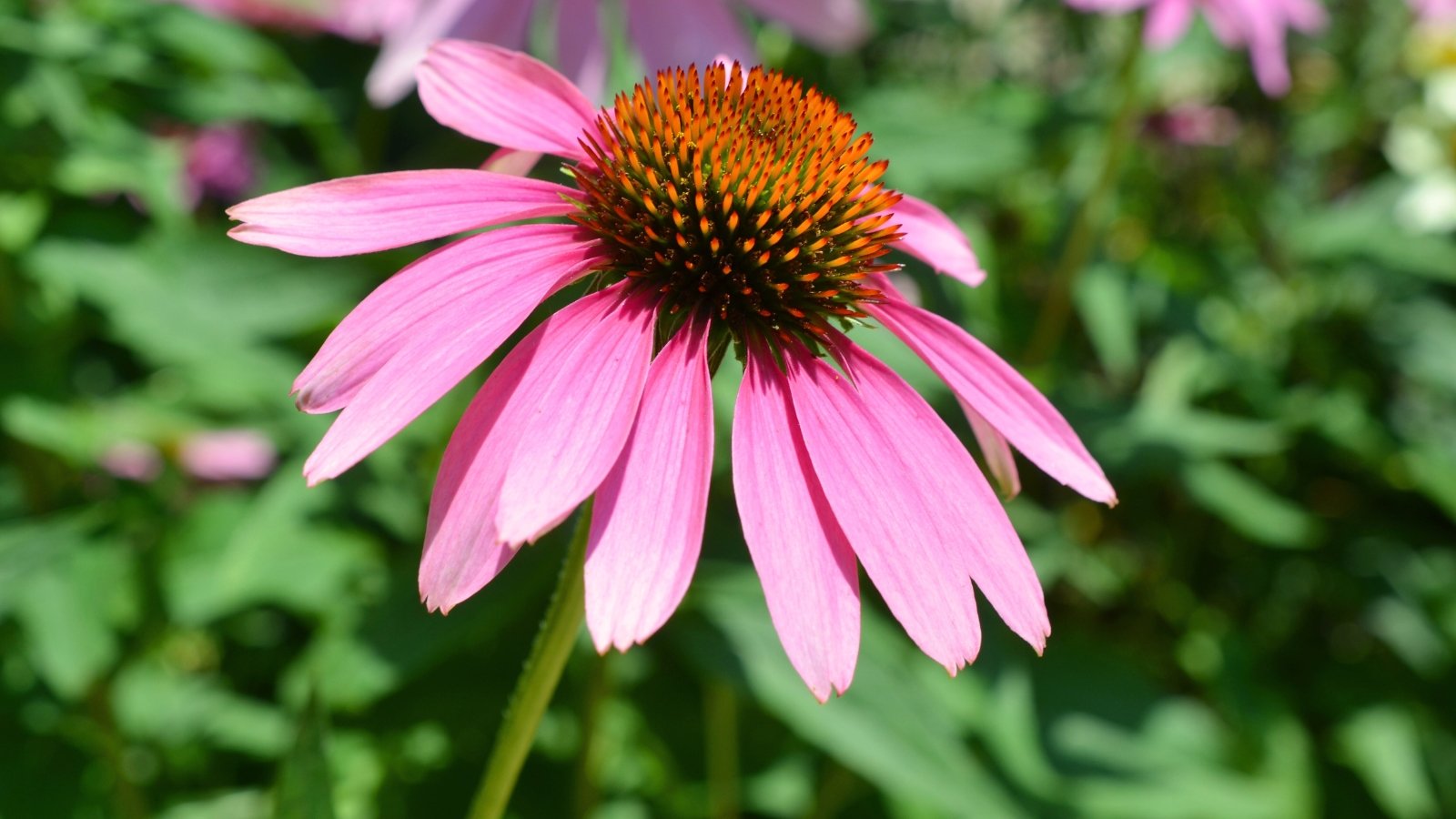

Purple coneflower is a quintessential native with vibrant shade and steady blooms. Their purple petals embody a excellent orange central disc, a rich nectar provide for useful bugs.
Echinacea presents multi-season attraction with lasting flowers and dried seed heads that persist into winter. A pure prairie plant, coneflower desires well-draining soils and thrives in summer season heat.
Winterberry
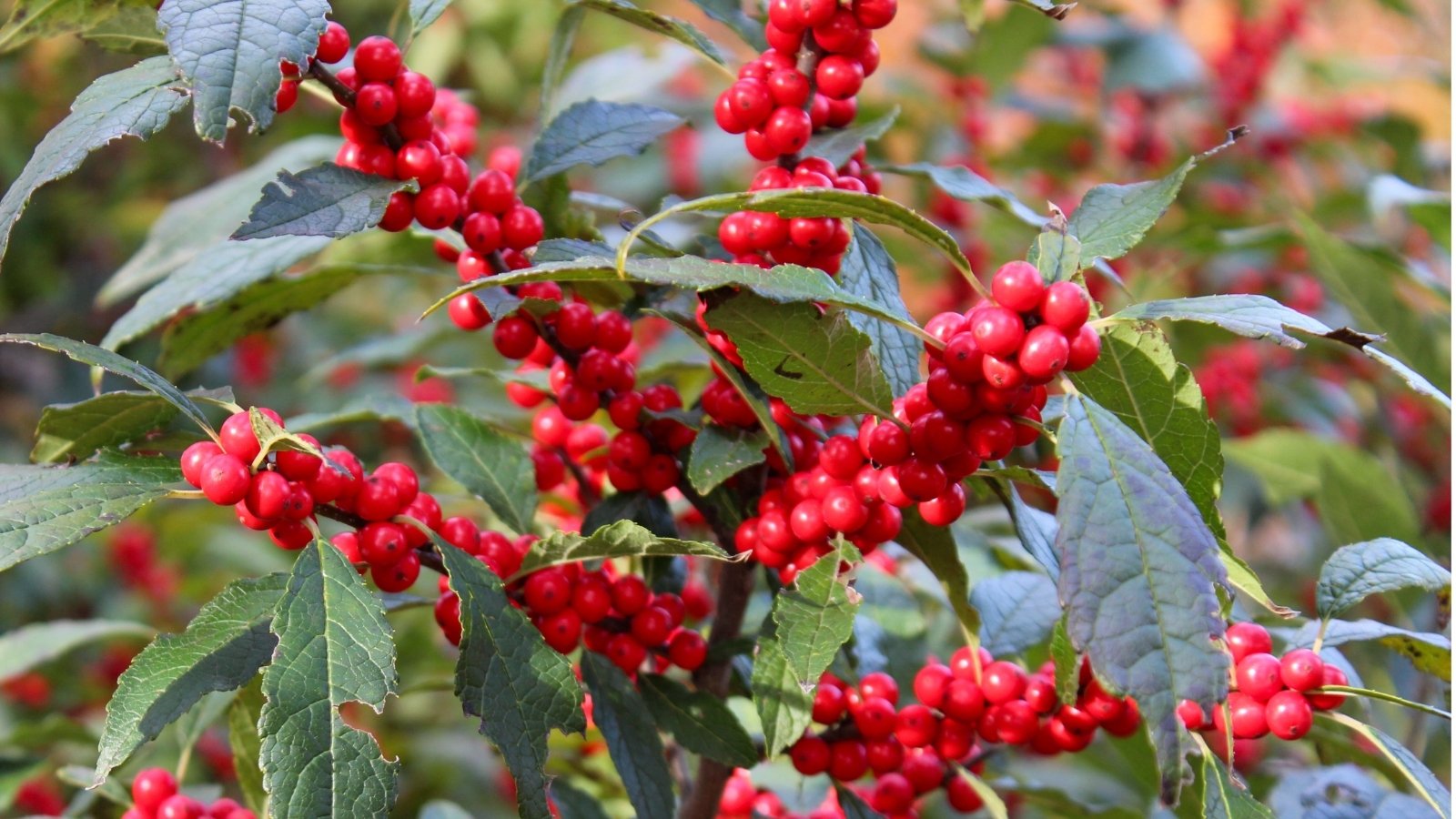

Winterberry, or black alder, is a standout among the many many frosty, muted hues of the winter panorama. Inside the holly family, winterberry is a deciduous shrub. Darkish leaves type a compact conduct with a softer look than totally different hollies and drop in winter.
The distinguishing operate is its showy pink, yellow, or orange fruit from fall into winter on bare stems. Not solely are the berries putting, nonetheless as well as they current a meals provide for wildlife.
Winterberry makes a incredible specimen inside the panorama, containers, and trip decor. Use cut back stems indoors or out to brighten reveals.
Blazing Star Liatris
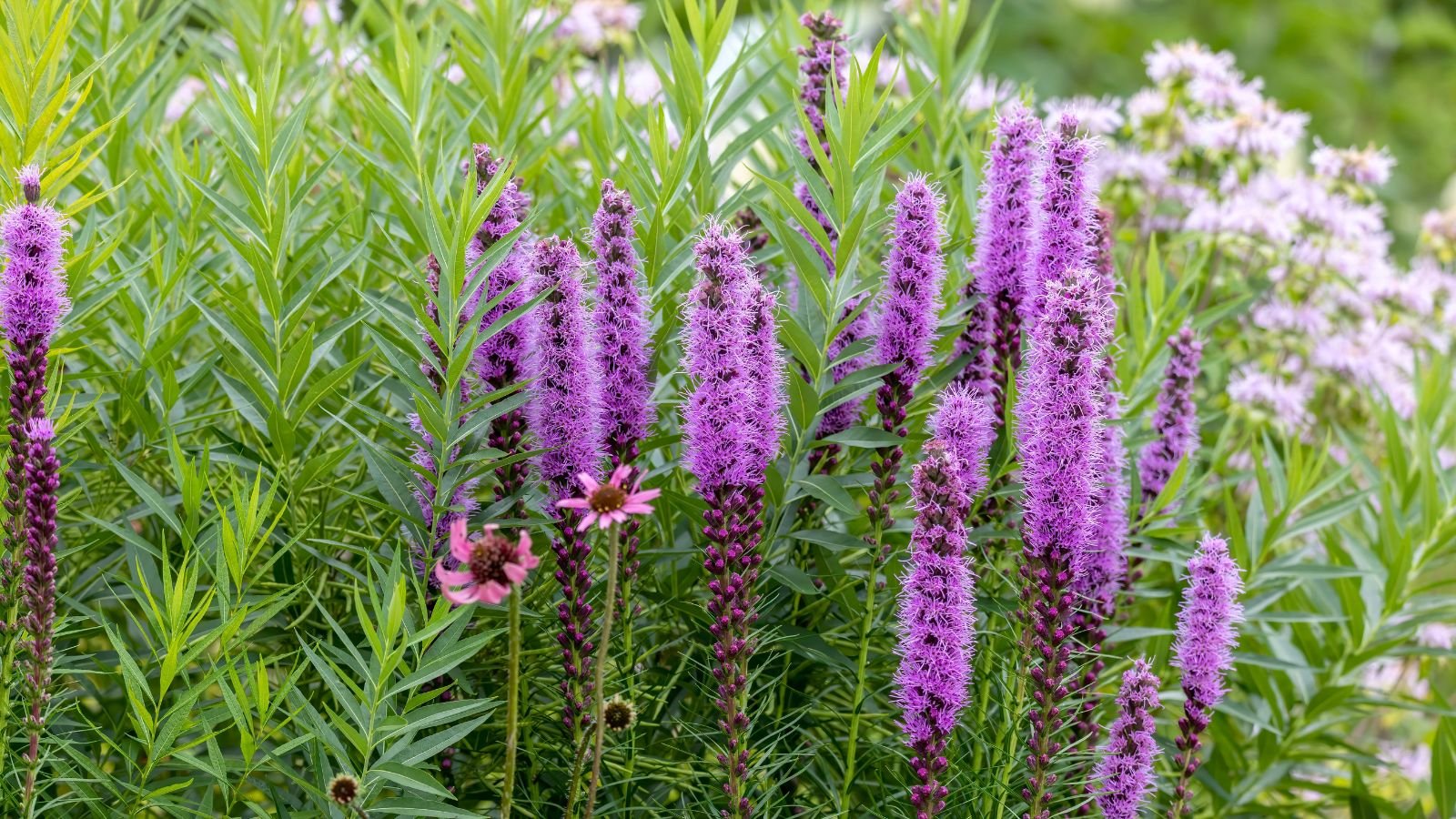

Blazing star, or gayfeather, holds dense flowers in purples, pinks, and whites on tall, upright stems. Arching, fine-bladed foliage varieties clumps beneath the leafy stems. They operate host vegetation for butterflies and moths.
Liatris spicata, or marsh blazing star, is native to the Japanese U.S. in moist meadows and marshy areas. It boasts densely packed blooms and low maintenance. Crops are two to five ft tall with blooms from spring by way of frost.
Robust blazing star (L. aspera) ranges from Canada south to Florida and thrives in dry, sandy web sites. Magenta-purple pompon blooms open in late summer season on two to four-foot stems.
Liatris punctata, dotted gayfeather, is a Western species with long-lasting purple shade in late summer season and into fall. The foot-tall spikes produce seeds for lasting curiosity into winter.
As quickly as established, blazing star is drought-tolerant. They perform all through hot and cold climates.
Sweetshrub
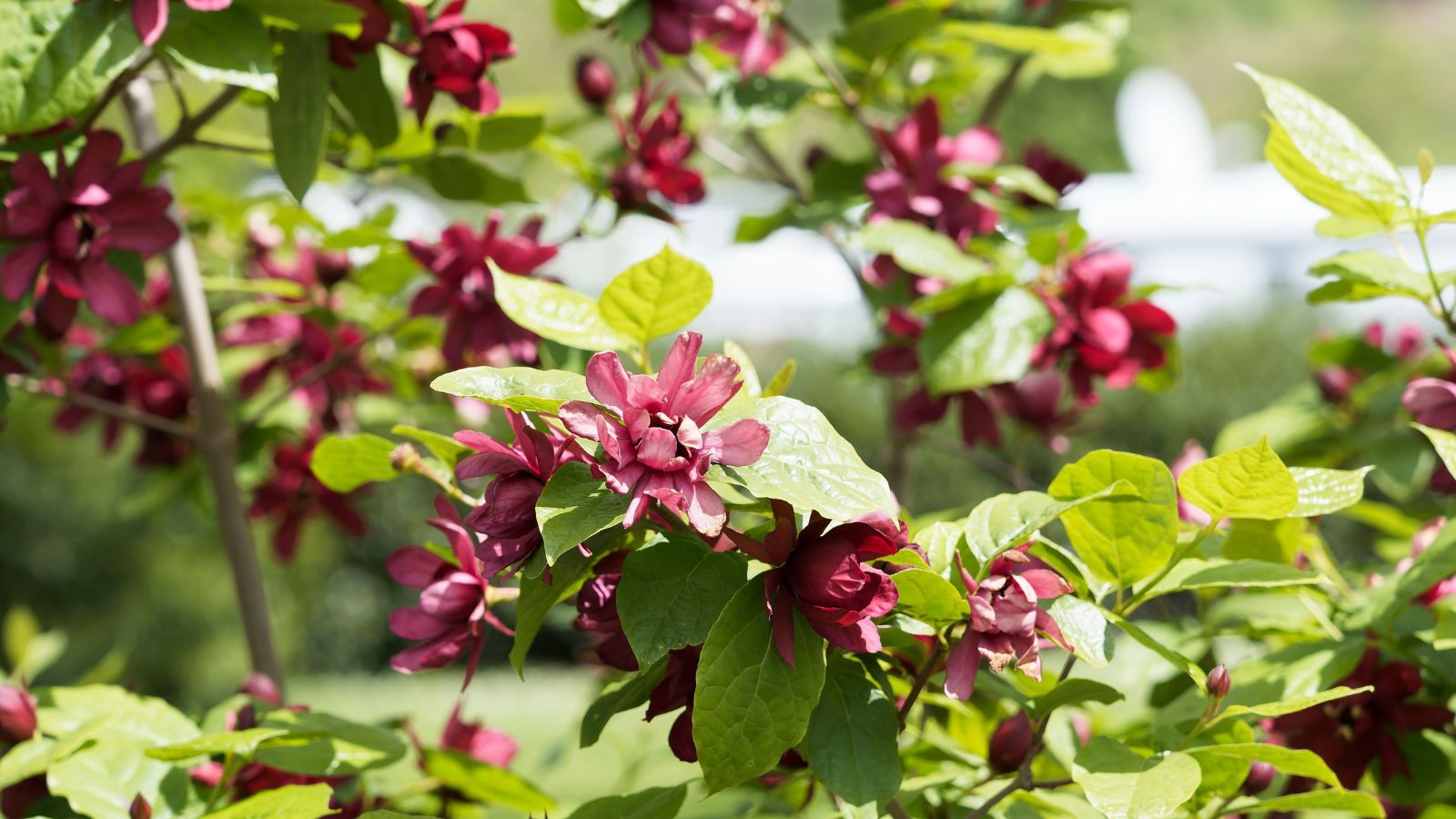

Calycanthus has fragrant, chocolate-red blooms that appear in May on transient, leafy stems. The shrubs are attractive even when not in flower with handsome foliage, lustrous, and deep inexperienced with good gold fall shade. Every foliage and stems have a spicy, ginny scent when crushed or bruised.
Sweetshrub makes a beautiful specimen or mass planting in woodlands, rear borders, pollinator gardens, and naturalistic preparations. Place them near entrances, patios, and walkways to learn from the fragrance.
Carolina allspice has a dense, upright, rounded conduct virtually as broad as tall. It spreads by way of suckers and seeds and kinds colonies inside the wild, though additional behaved inside the residence yard. Buds set on outdated and new picket for an extended bloom present.
Virginia Rose
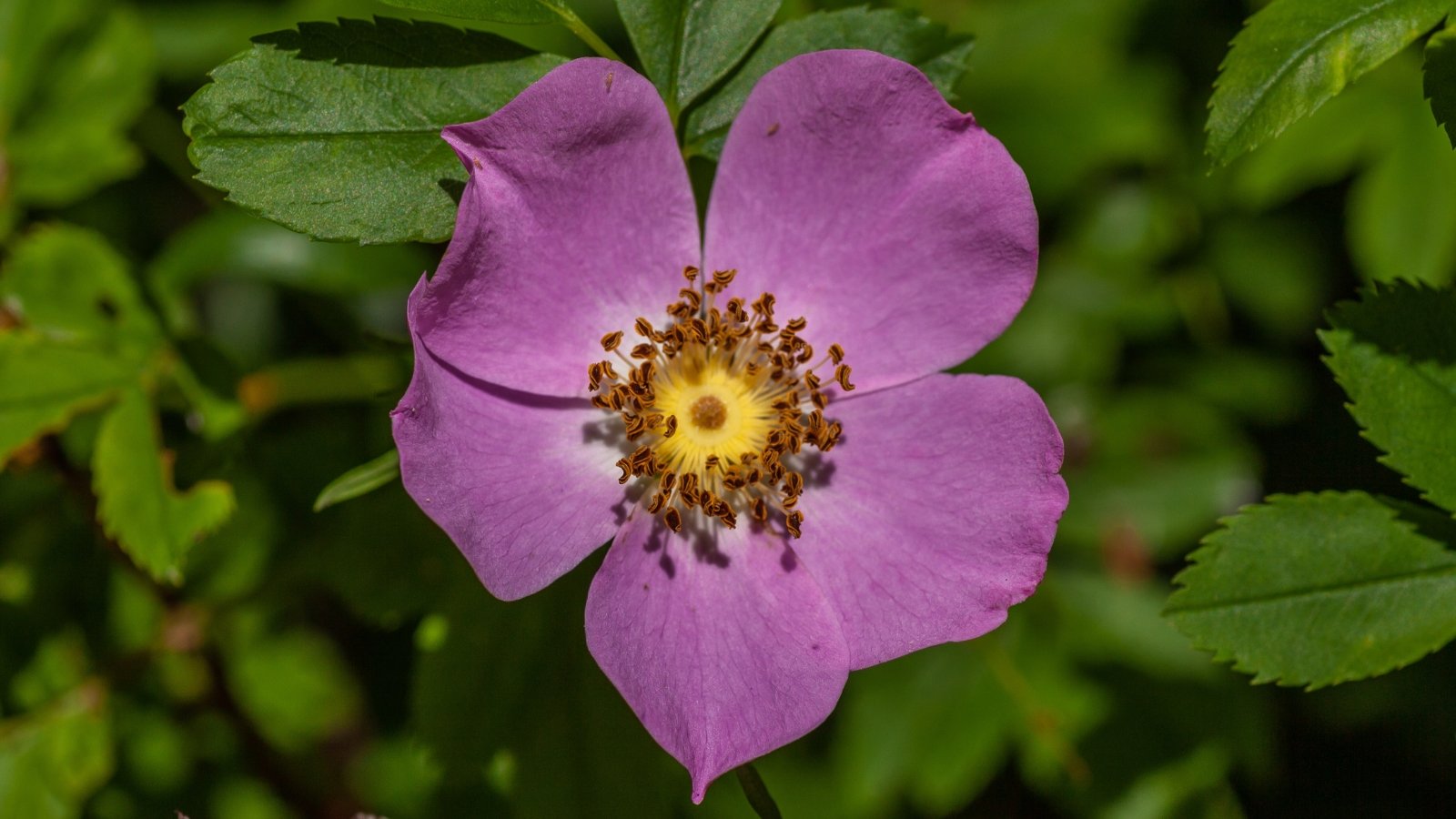

Virginia roses are shrubby, wild woodland roses with pink blooms on stout, furry stems. Single deep pink flowers with good yellow stamens appear in summer season. Flowers are large and showy and entice bees and totally different pollinators.
Darkish inexperienced, shiny leaves provide fall shade, turning yellow and pink with cooler temperatures. Early rosehips in burgundy pink give glorious seasonal curiosity and entice birds and totally different wildlife.
Virginia rose is a sturdy ornamental with an prolonged bloom season. It adapts to quite a few conditions and is salt tolerant. The shrub varieties a pure hedge for the naturalized area, border planting, and cottage yard. It moreover provides shelter for wildlife.
You is likely to be hard-pressed to find a rose in fall, and planting them is more healthy suited to spring. Nonetheless fall is an in depth second biggest time to plant.
Japanese Redbud
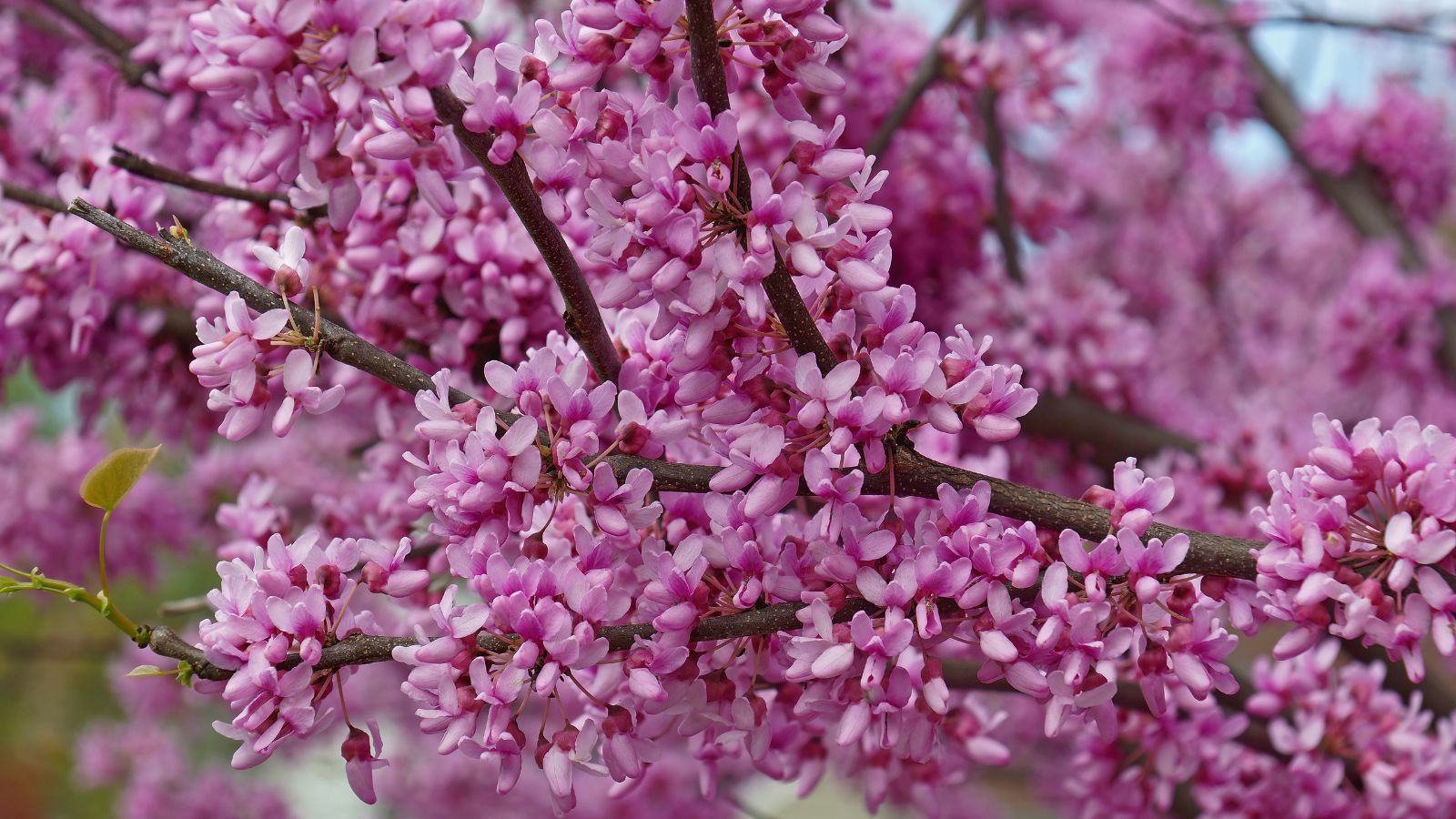

Japanese redbuds are small understory bushes or large shrubs indigenous to japanese North America. Their differ extends from Ontario to the Good Lakes, south to Florida, and west to Texas. Gentle pink to magenta flowers open alongside bare branches in early spring, with an prolonged bloom time sooner than leaves take their place.
New leaves emerge good inexperienced with pink tinges and age to a deeper inexperienced. In fall, foliage might flip good yellow for good shade.
The bushes are broad with transient important or multi-trunks and a spreading cowl. They develop quickly when youthful and affordable with age. Youthful bushes are upright, vase-shaped, and unfold with zig-zagging stems as they develop.
The bark is reddish-brown and fissured with cinnamon shades. Darkish brown buds line the stems inside the winter. After flowering, bushes might produce prolonged inexperienced seed pods, turning brown in midsummer and persisting by way of fall and winter. The seed pods, heavier in some years, are a meals provide for birds and small mammals.
Sweetspire
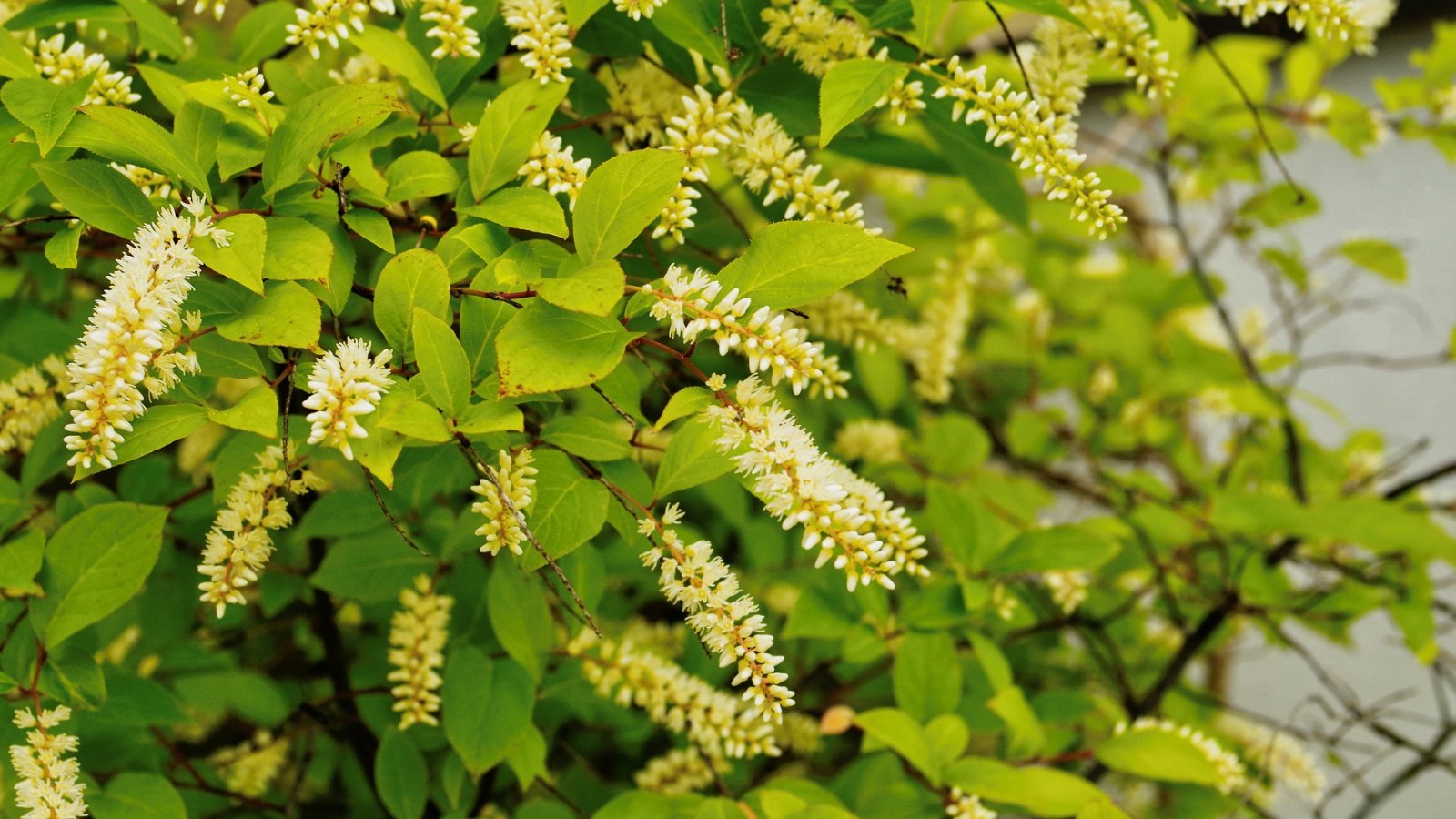

Sweetspire boasts distinctive pendant blooms with a lightweight fragrance and weeks of flowering. The deciduous shrub has an upright, rounded conduct and barely arching branches. Darkish, willowy leaves flip good shades of gold and burgundy in autumn, remaining on the division into winter.
Prolonged racemes of tiny white flowers ornament the shrubs from late spring by way of early summer season. The flowers entice pollinators, and the seeds that observe current cool season forage for songbirds.
Its naturalistic, informal conduct suits the mixed border and woodland composition. Itea performs all through different rising conditions, even in troublesome moist or eroded web sites. Put together it as a grouped planting to learn from the autumn foliage – its important attraction.
[ad_2]
Provide hyperlink
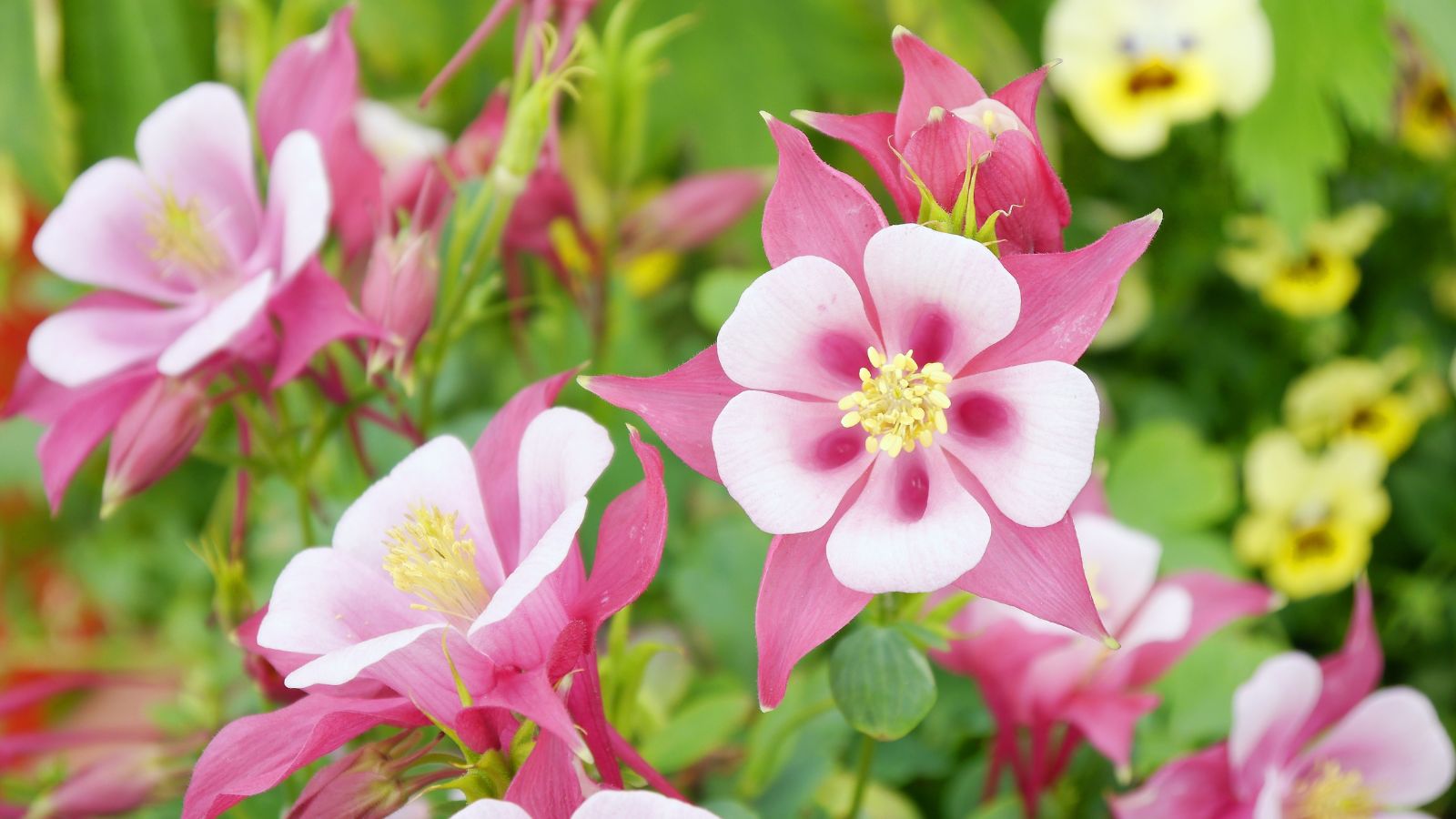
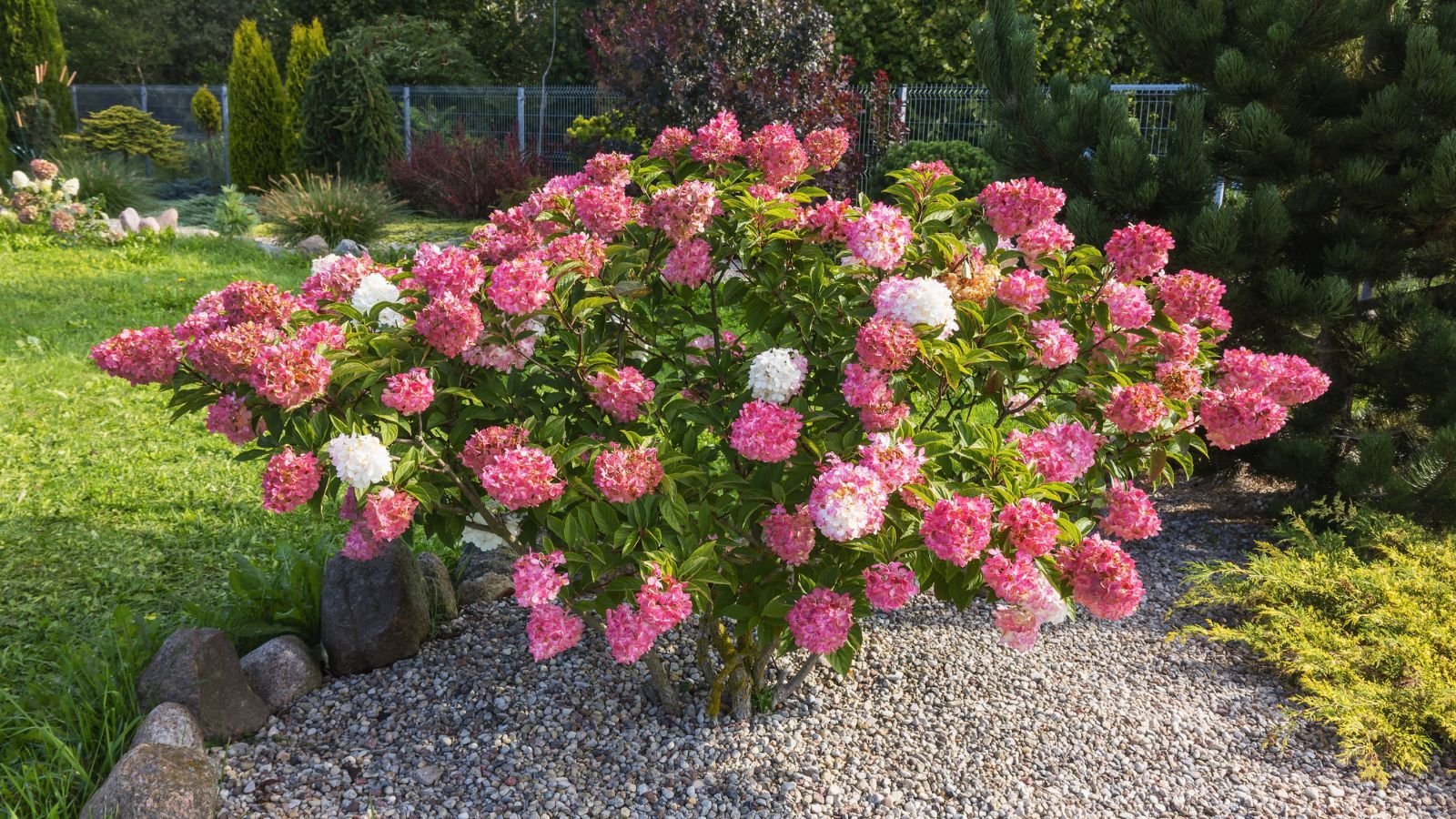
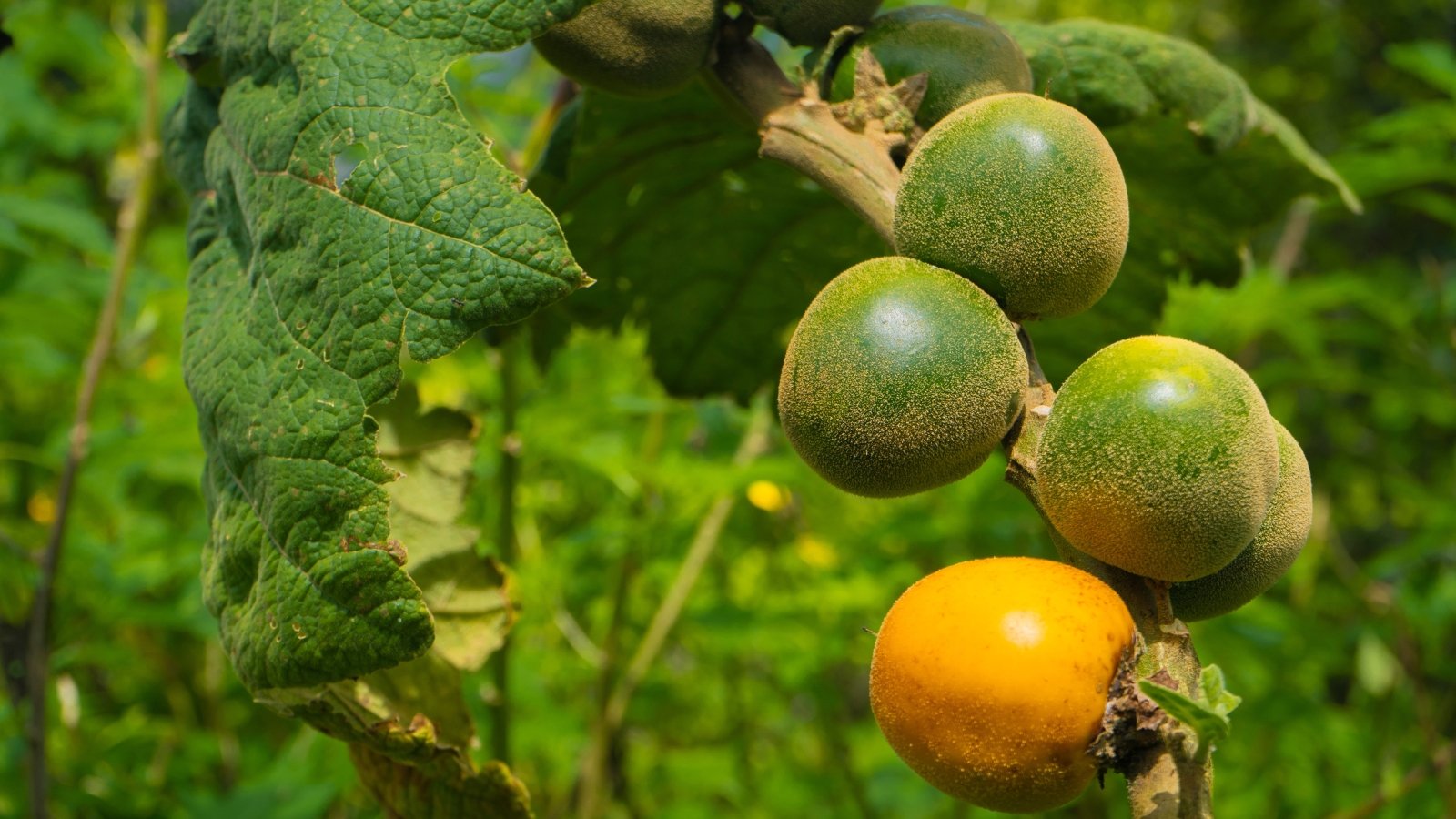
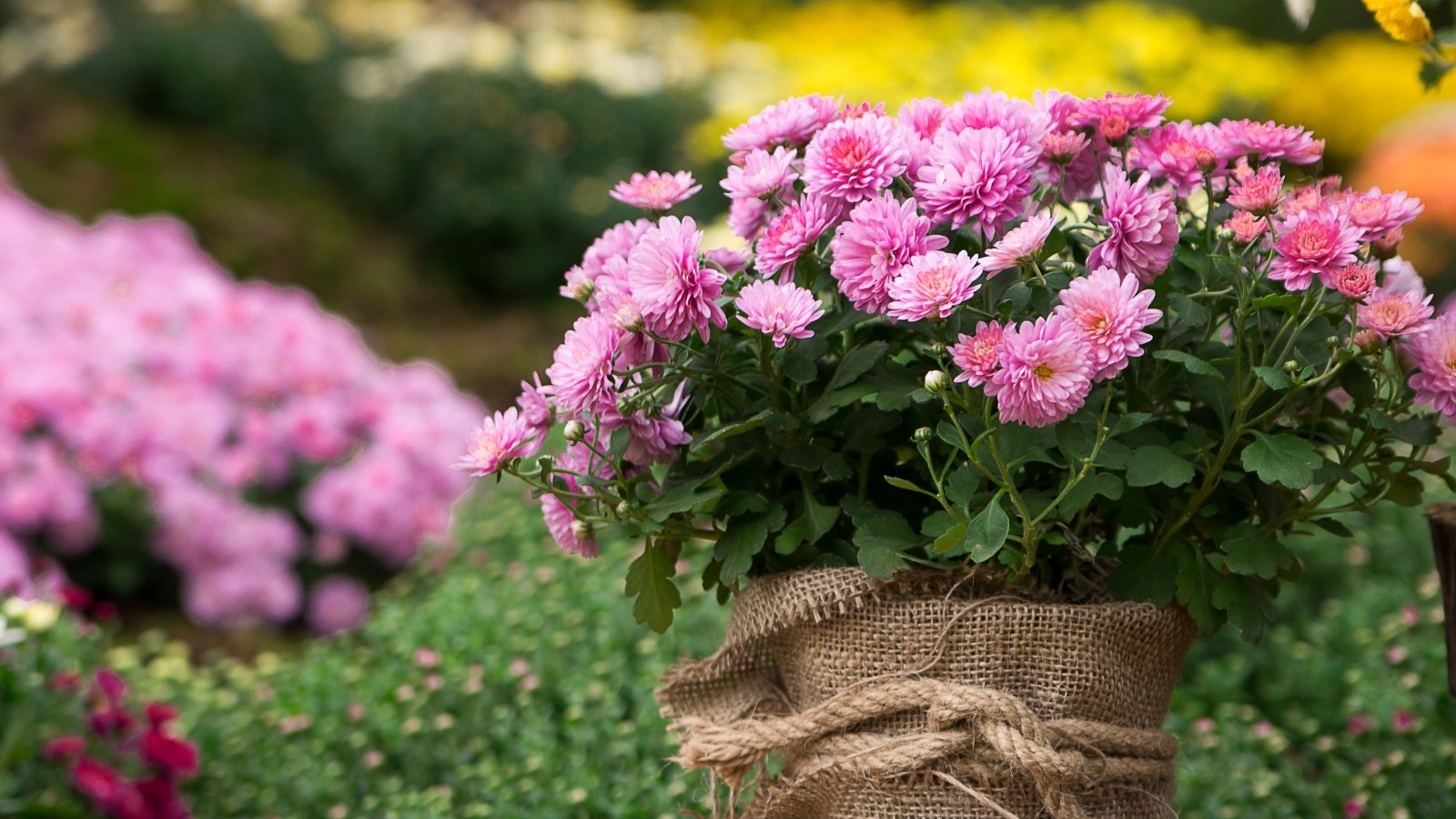
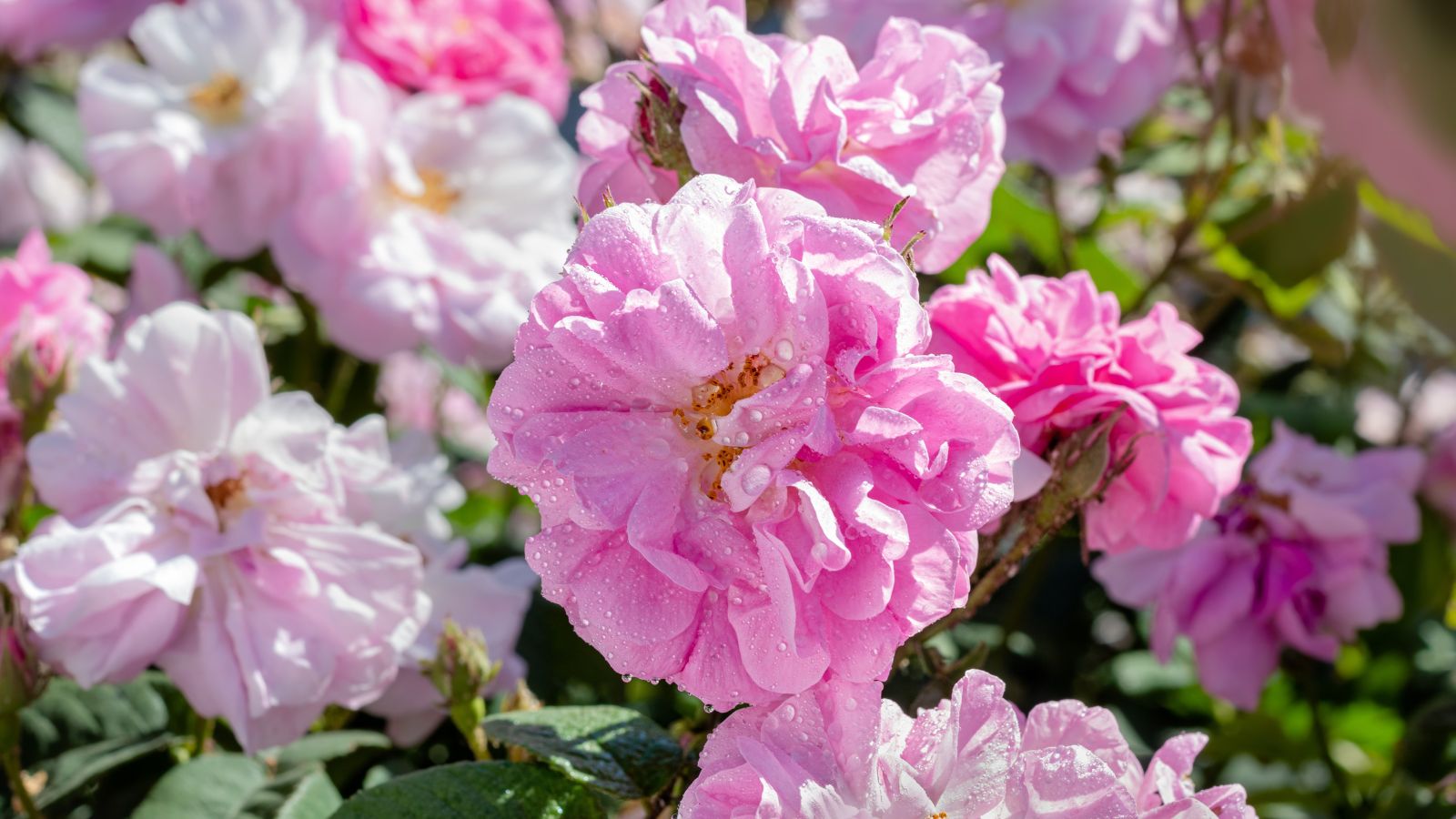
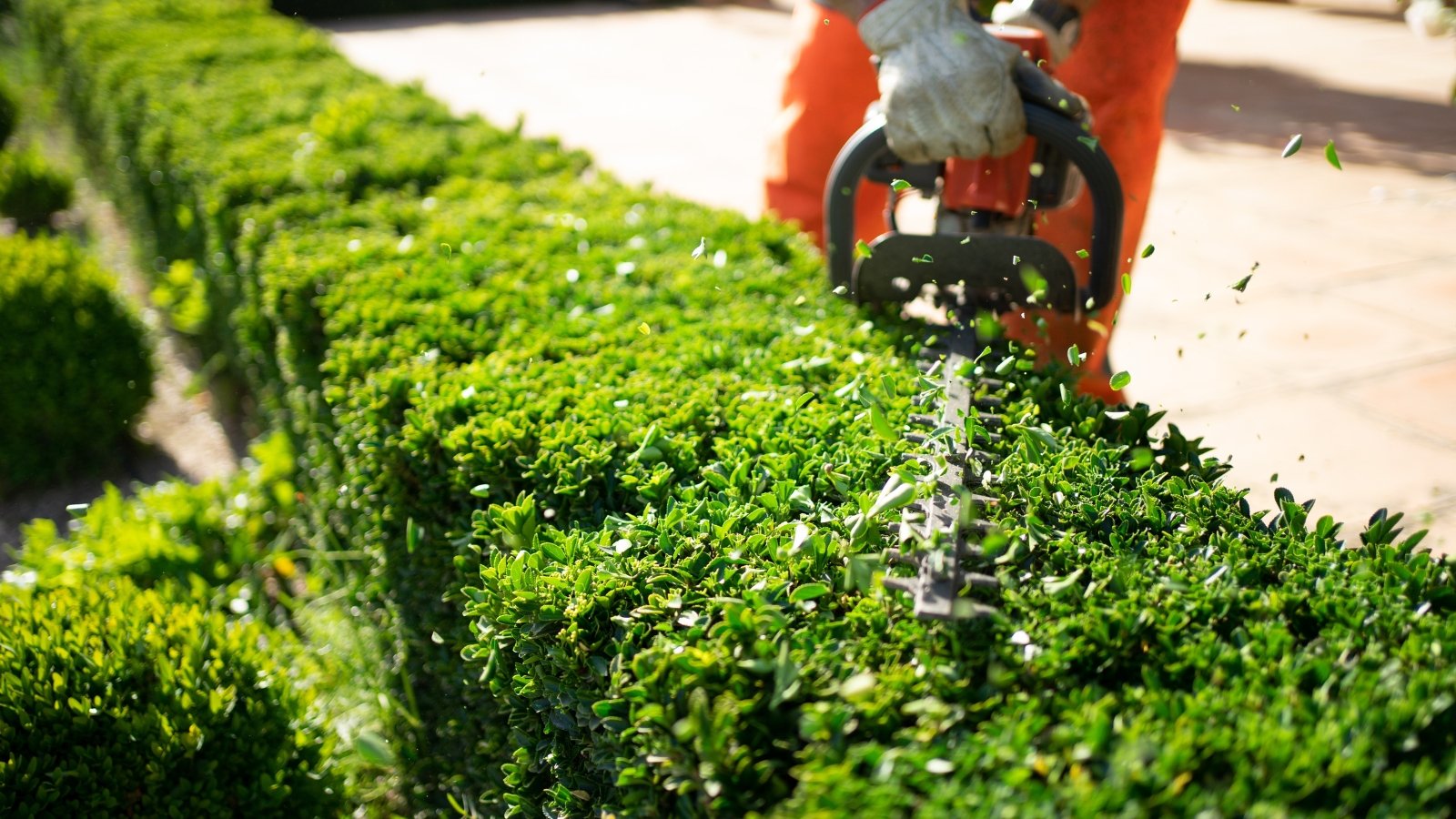
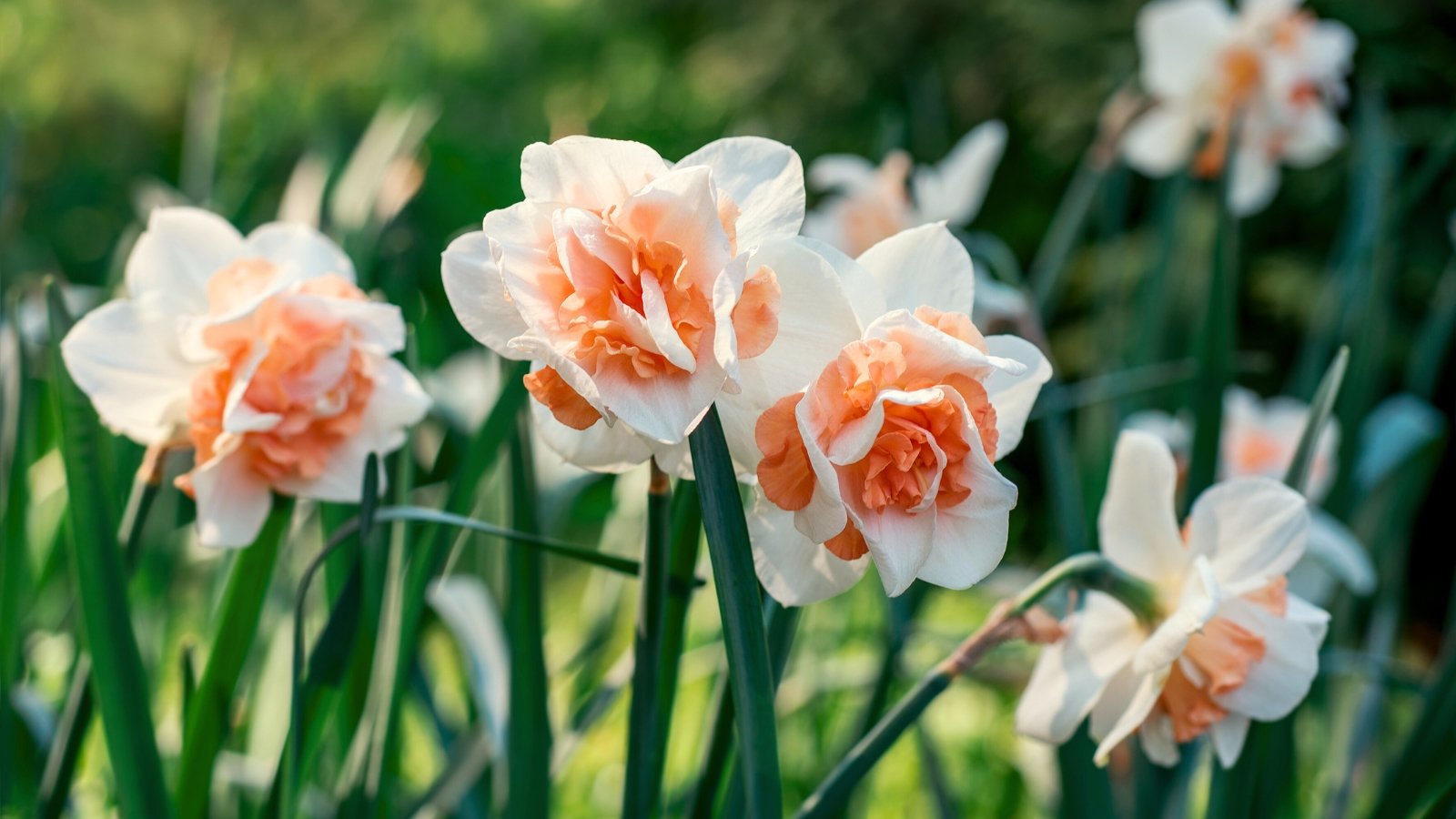
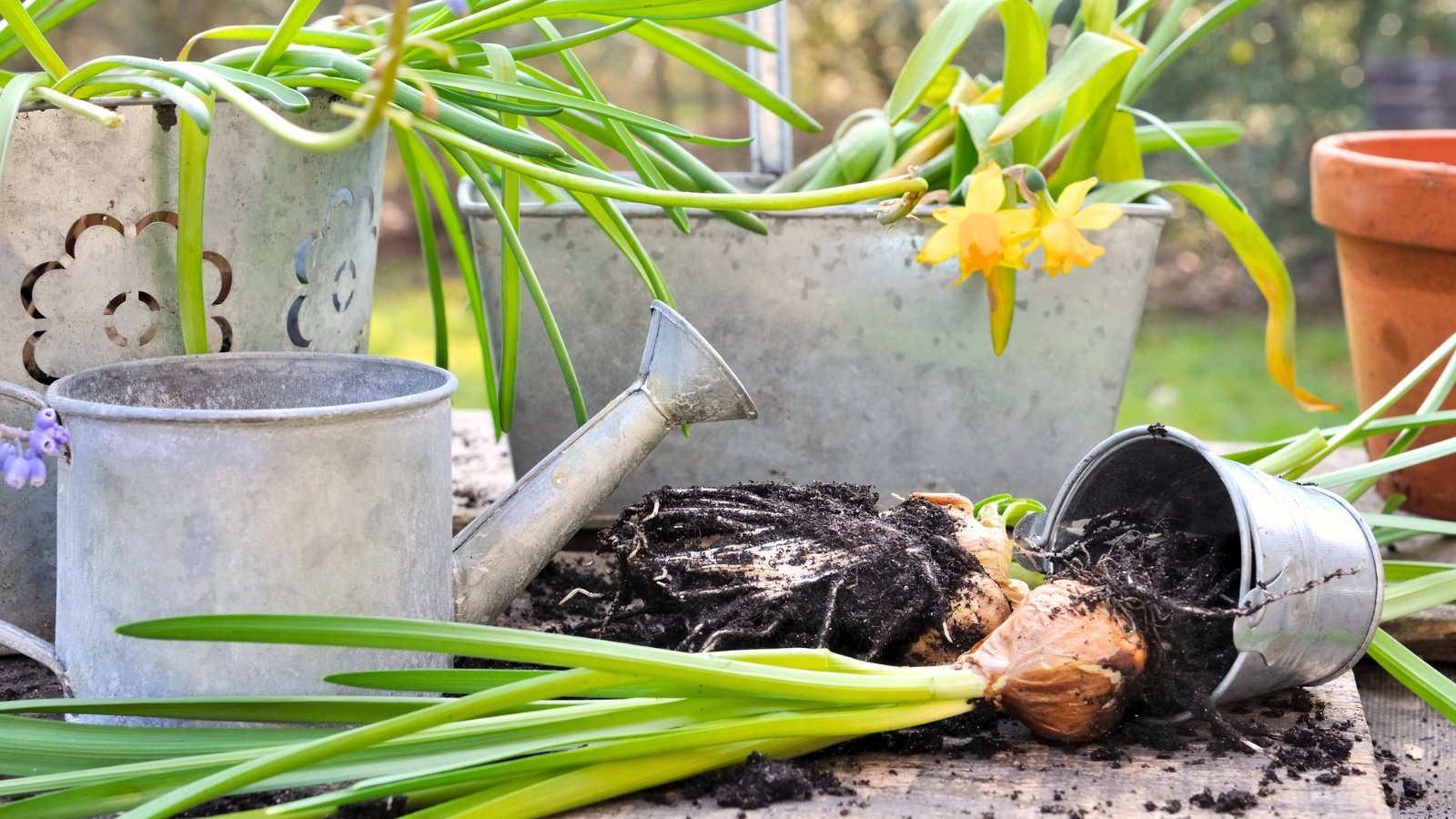
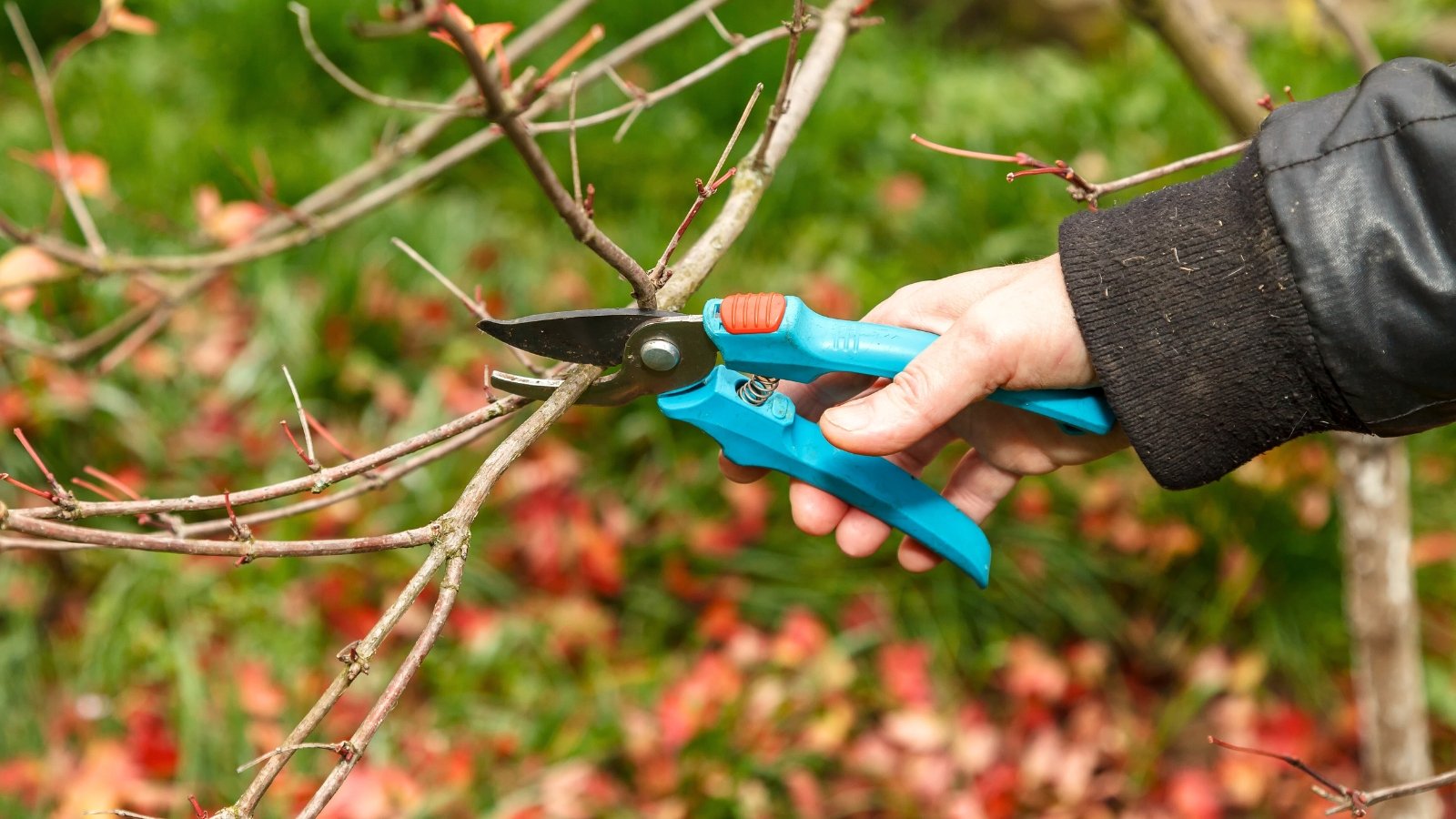
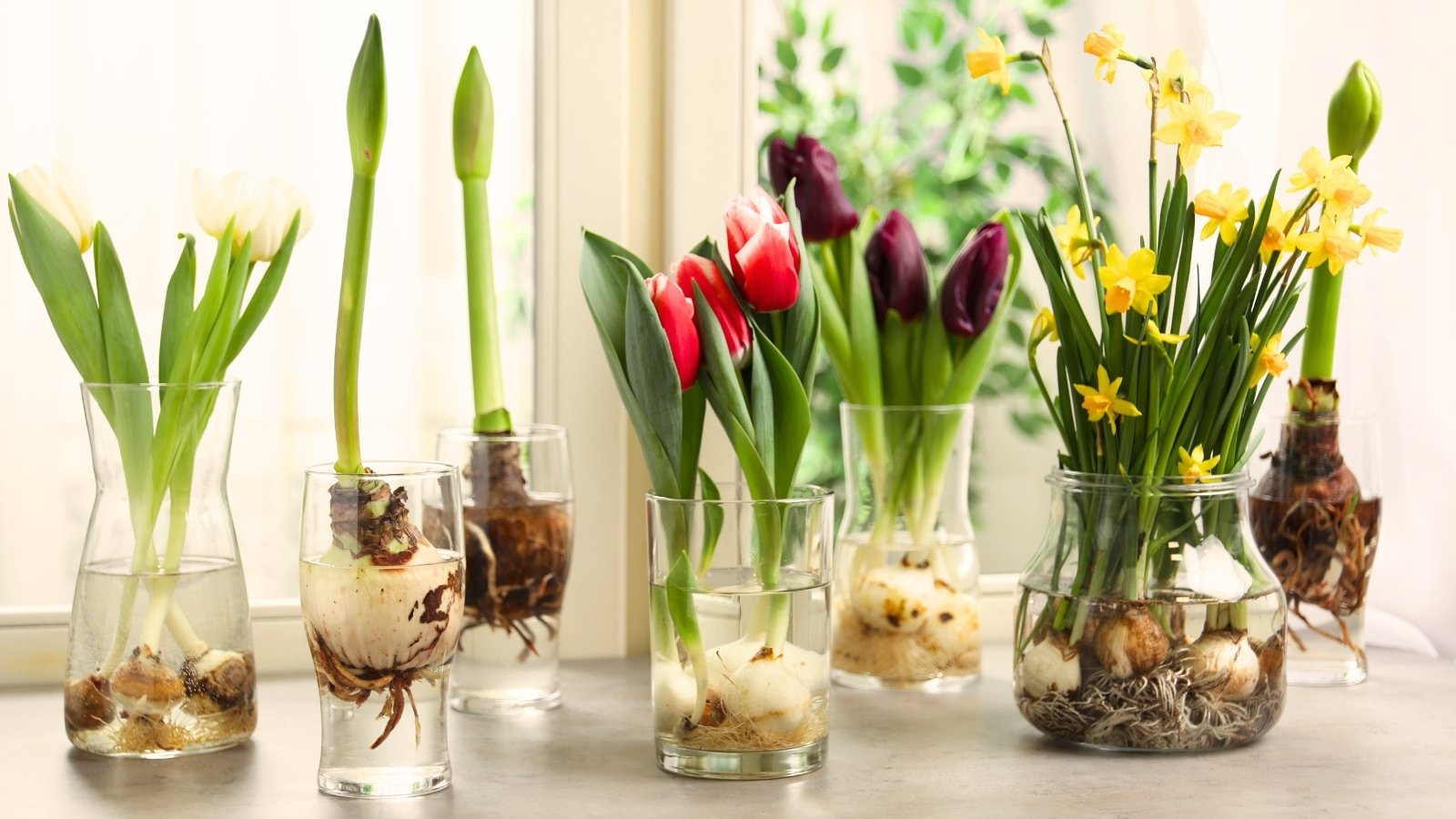
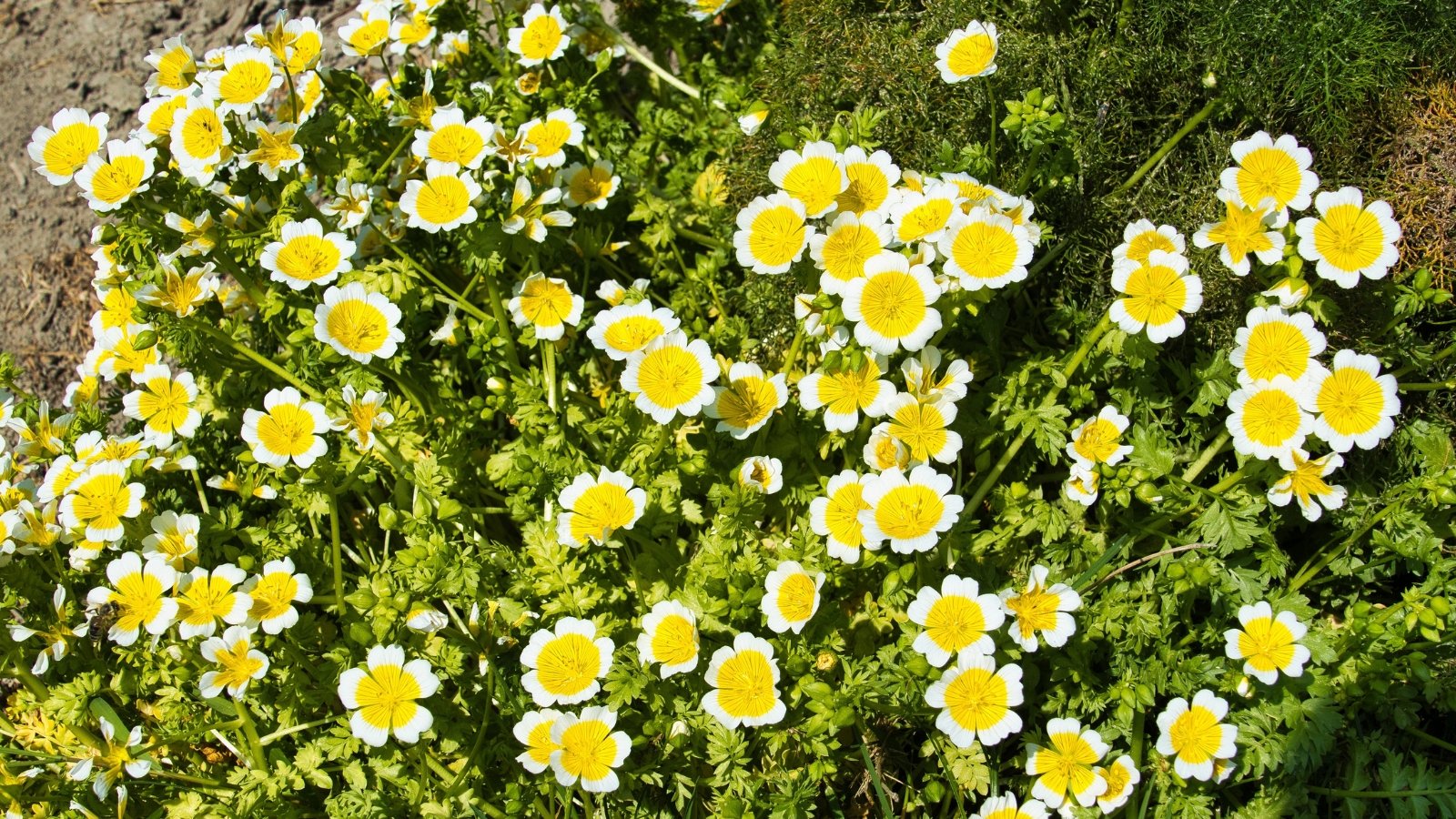
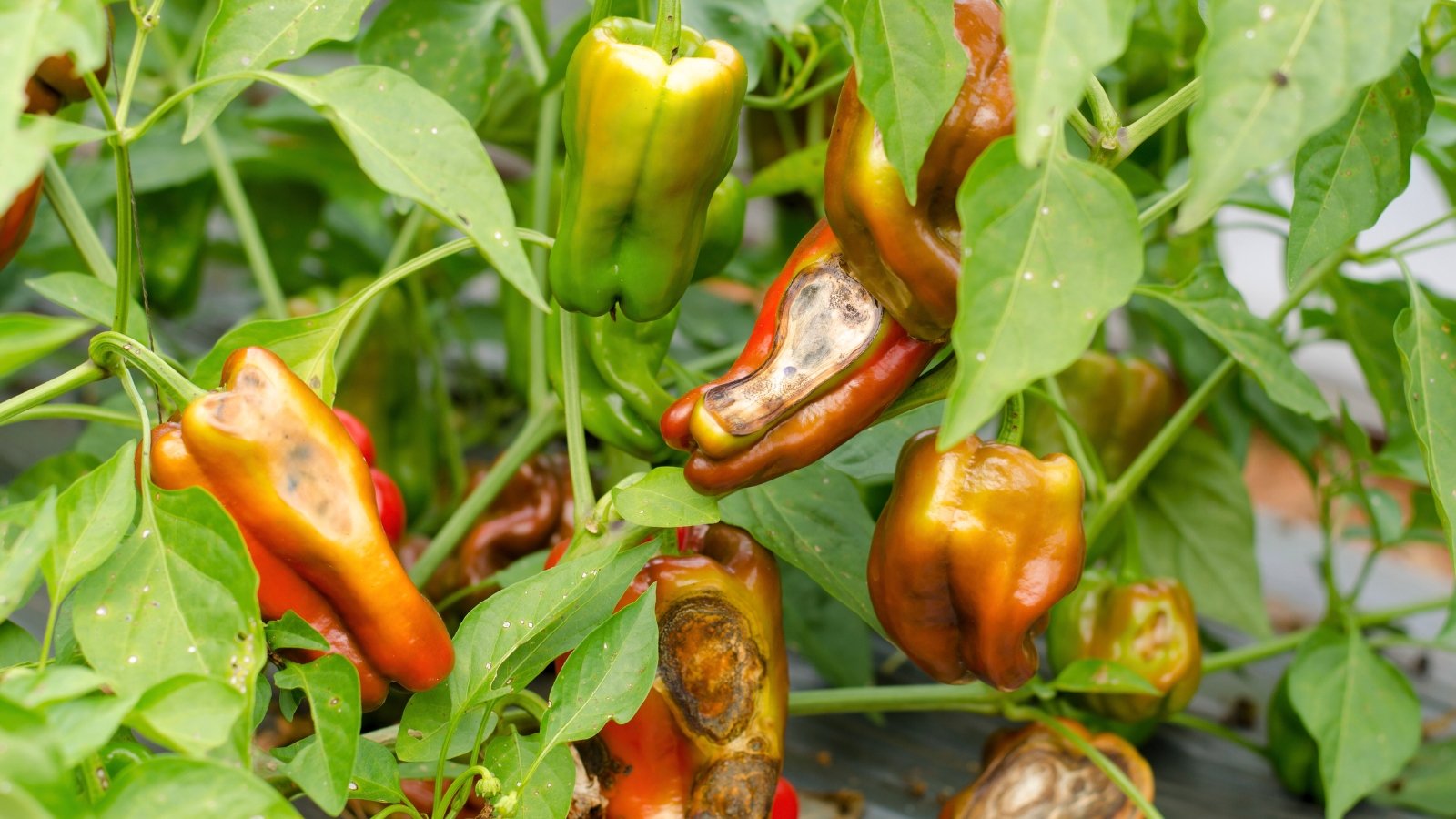


Leave a Reply